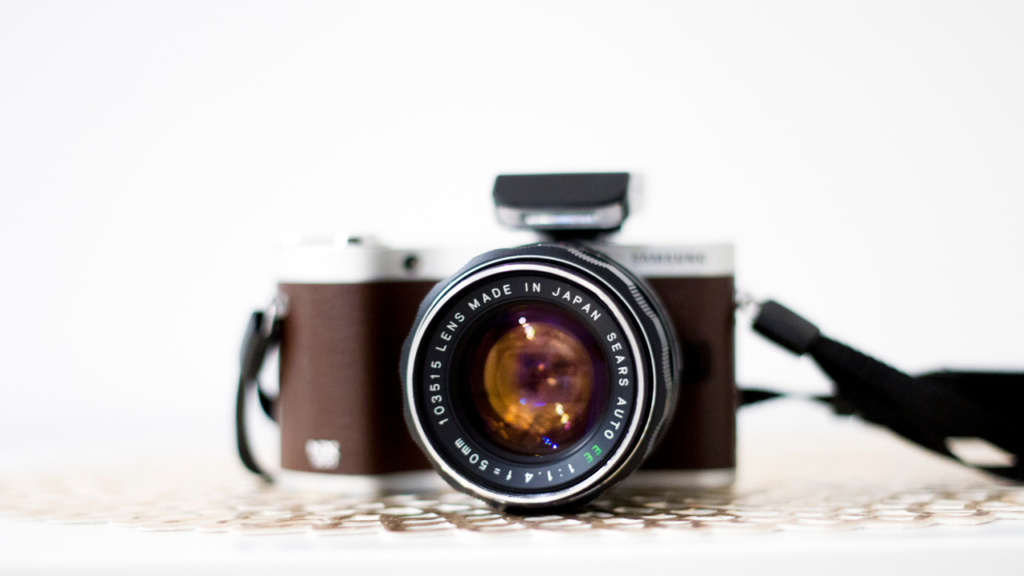Creating short films requires cameras that offer a blend of excellent image quality, versatile features, and reliable performance. When choosing the best camera for short films, there are several critical factors to consider. Here’s a guide to help you make an informed decision.

Also, Read: Best Cameras For Eclipse
Sensor Size and Image Quality
Sensor size is one of the most important factors affecting image quality. Larger sensors, such as full-frame or Super 35, capture more light, which results in better low-light performance, wider dynamic range, and shallower depth of field. This allows filmmakers to achieve a more cinematic look, with rich colors and impressive detail. Smaller sensors, like Micro Four Thirds, can still produce high-quality images but may require more light and offer a deeper depth of field.
Resolution
High-resolution cameras allow for more detail and greater flexibility in post-production. For short films, a resolution of at least 4K is recommended. 4K resolution provides enough detail for large screens and allows for cropping or stabilizing footage without losing quality. While higher resolutions like 6K or 8K are available, they are often overkill for short films and require more storage and processing power.
Frame Rates and Bit Depth
Frame rate flexibility is crucial for filmmakers who want to experiment with slow motion or capture fast-moving scenes. Look for cameras that offer a variety of frame rates, such as 24fps for a cinematic look, 60fps for smooth motion, and higher rates like 120fps for slow motion. Additionally, cameras with higher bit depth (10-bit or more) can capture more color information, which is essential for color grading and achieving professional-looking results.
Dynamic Range
Dynamic range refers to a camera’s ability to capture details in both the darkest shadows and brightest highlights. Cameras with a wide dynamic range (12 stops or more) are ideal for short films because they can handle high-contrast scenes without losing detail. This flexibility is particularly useful in uncontrolled lighting conditions.
Lens Compatibility and Interchangeability
The ability to change lenses is vital for creative control over your film’s visual style. Cameras that support a wide range of lenses, including primes, zooms, and specialty lenses, offer more versatility. Look for systems with a robust ecosystem of lenses or adapters that allow the use of third-party lenses. This ensures that you can achieve various focal lengths and depths of field to suit your storytelling needs.
Autofocus and Manual Focus
While manual focus is often preferred by filmmakers for its precision, having reliable autofocus can be beneficial, especially for run-and-gun shooting or documentary-style films. Modern cameras offer advanced autofocus systems with features like face and eye detection, which can be incredibly helpful for solo filmmakers or when shooting fast-paced scenes.
Ergonomics and Usability
Comfort and ease of use are important when shooting for extended periods. Cameras with a well-designed grip, intuitive controls, and customizable buttons allow you to operate the camera efficiently. Additionally, a high-quality electronic viewfinder (EVF) and a fully articulating touchscreen can make framing shots and adjusting settings more convenient.
Stabilization
A camera shake can detract from the professional look of your film. Look for cameras with in-body image stabilization (IBIS) or electronic stabilization to ensure smooth, steady footage. This feature is especially useful when shooting handheld or in dynamic environments where using a tripod or gimbal isn’t feasible.
Audio Capabilities
Good audio is as important as good video in filmmaking. Cameras with high-quality built-in microphones and support for external microphones allow you to capture clear, crisp sound. Features like headphone jacks for monitoring audio and manual audio level controls are also essential for ensuring professional-grade sound recording.
Recording Formats and Media
Different recording formats offer varying levels of quality and flexibility. Professional codecs like ProRes or RAW provide the best quality and the most latitude in post-production, but they require more storage space and processing power. Ensure your camera supports the recording formats that match your workflow and storage capabilities. Additionally, consider the type of media the camera uses (SD cards, CFexpress, etc.) and whether it supports dual card slots for redundancy.
Battery Life and Power Options
Short films often require extended shooting sessions, so a camera with long battery life is essential. Look for cameras that offer options for external power sources, such as AC adapters or battery grips, to extend shooting time without interruptions.
Connectivity and Workflow Integration
Cameras with robust connectivity options, such as HDMI output, USB-C, Wi-Fi, and Bluetooth, can streamline your workflow. These features enable easy connection to external monitors, wireless control, and quick file transfers. Integration with post-production software and support for LUTs (Look-Up Tables) can also speed up your editing process and help you achieve your desired look more efficiently.
Canon EOS Rebel T7 DSLR Camera
No products found.
Summary
Selecting the best camera for short films involves balancing various factors, including image quality, versatility, ease of use, and budget. By considering sensor size, resolution, frame rates, dynamic range, lens compatibility, autofocus capabilities, ergonomics, stabilization, audio options, recording formats, battery life, and connectivity, you can find a camera that meets your filmmaking needs and helps bring your creative vision to life.